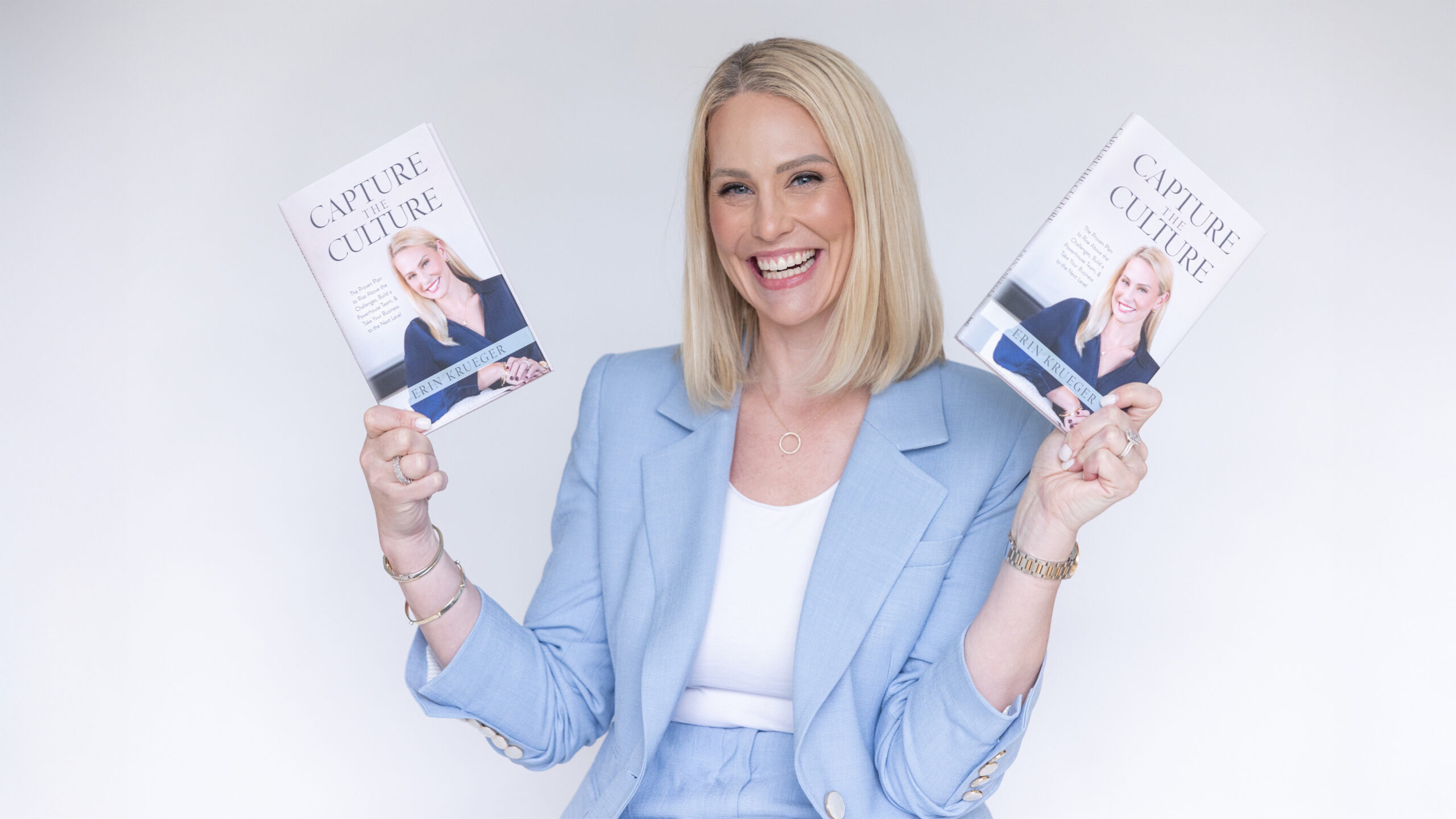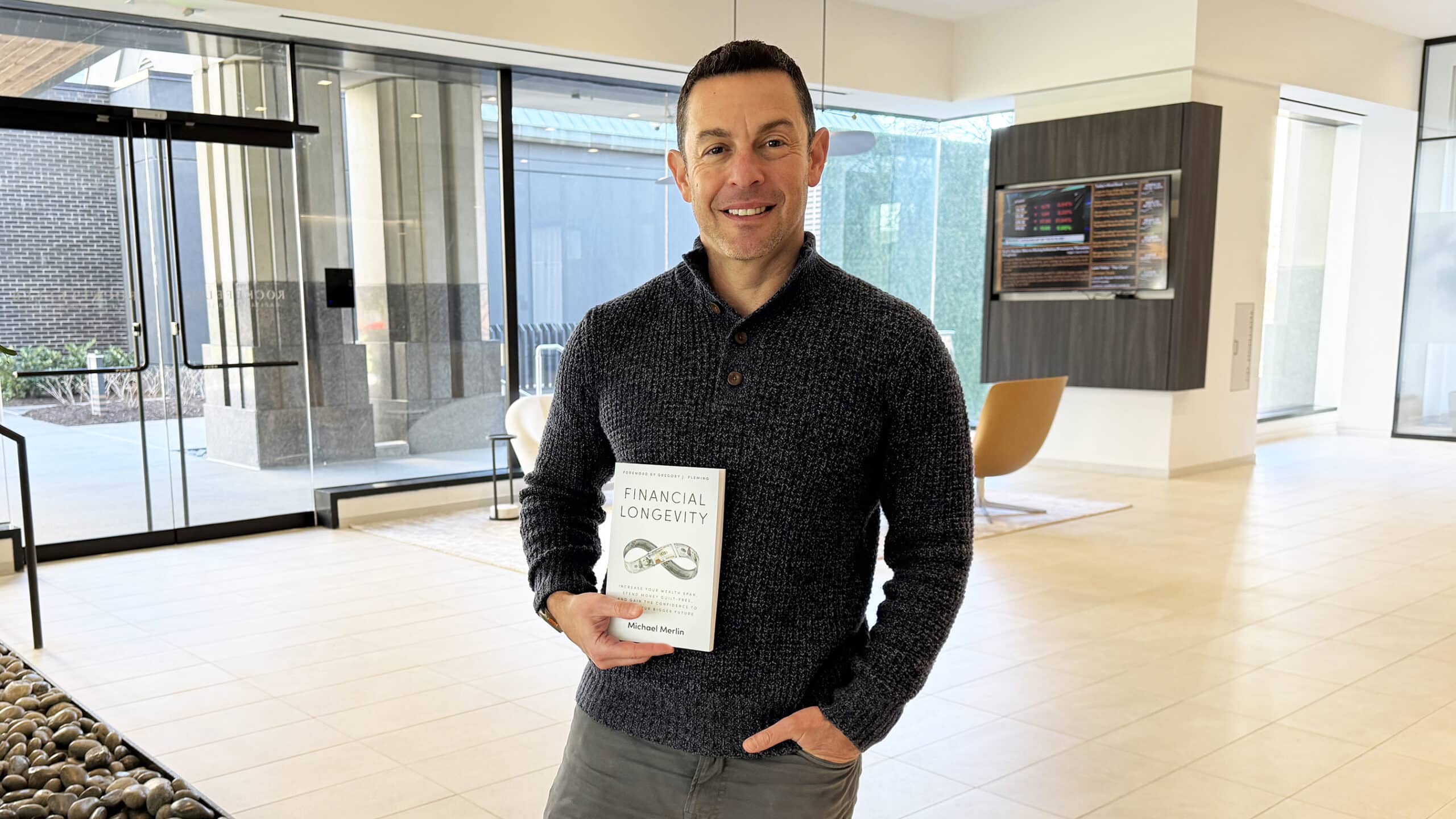Most titles of the Scottish Peerage are hereditary, meaning they are passed down from one generation to another. Occasionally, the Monarch may create a title for someone who has rendered exceptional service to the Crown. These titles are not hereditary and usually revert to the Crown upon the holder’s death.
The Scottish Peerage comprises five ranks, in descending order: Duke, Marquess, Earl, Viscount, and Baron.
The Scottish Peerage is a complex system of established titles that can confuse those not familiar with it. In this blog post, we will provide a comprehensive list of the ranks of the Scottish Peerage and explain what each one means.”
The Duke
The highest rank of Duke is reserved for the Monarch’s immediate family, the heir apparent, and their spouse. There are currently only two Dukes in the Scottish Peerage: the Duke of Rothesay (the heir apparent, Prince Charles) and the Duke of Sussex (Prince Harry). The Duke is the most powerful rank in the Scottish Peerage, with a seat in Parliament and a vote in the House of Lords. Their responsibilities and privileges are outlined in the Act of Parliament.
The Marquess
The Marquess is the second-highest rank in the Scottish Peerage and a seat in Parliament. A Marquess is given to a Royal Family member or a high-ranking noble. There are currently four Marquesses in the Scottish Peerage: the Marquess of Bute, the Marquess of Lothian, Douglas, and Clydesdale, and the Marchioness of Salisbury. A Marquess has landholdings or property worth more than £30 million. The security docket for a Marquess is higher than any other rank.
The Earl
The Earl is the third-highest rank in the Scottish Peerage and is an elected position in Parliament. An Earl has landholdings or property worth more than £15 million. There are currently nine Earls in the Scottish Peerage: the Earl of Moray, the Earl of Mar, the Earl of Sutherland, the Earl of Caithness, the Earl of Ross, the Earl of Buchan, the Earl of Atholl, and the two co-Earls Grey (of Wilton and Tankerville). The security docket for an earl is higher than that of any other rank.
The Viscount
The Viscount is the fourth highest rank in the Scottish Peerage and a seat in Parliament. A Viscount has landholdings or property worth more than £0.75 million. There are currently 36 Viscounts in the Scottish Peerage: the Viscount of Arbuthnott, the Viscount of Astor, the Viscount of Baillieborough, etc. They have privileges and responsibilities similar to those of an Earl.
The Baron
The Baron is the fifth and lowest rank in the Scottish Peerage and is not a seat in Parliament. A Baron has landholdings or property worth more than £0.25 million. More than 160 Barons in the Scottish Peerage: the Baron of Balnagown, the Baron of Balfour, the Baron of Elphinstone, etc. They have privileges and responsibilities similar to those of a Viscount.
The process of obtaining a Scottish Peerage title is complicated and costly. It can be a great honor and privilege for those who can navigate the system. The system of ranks in the Scottish Peerage is based on feudal titles and office holding. To be eligible for a title, one must first have landholdings or property in Scotland worth a certain amount. The amount required depends on the rank of the title being sought. Once individuals have landholdings or property that meets the requirements, they petition the Monarch for a crown. If granted, they will be given a Writ of Summons to attend Parliament.




